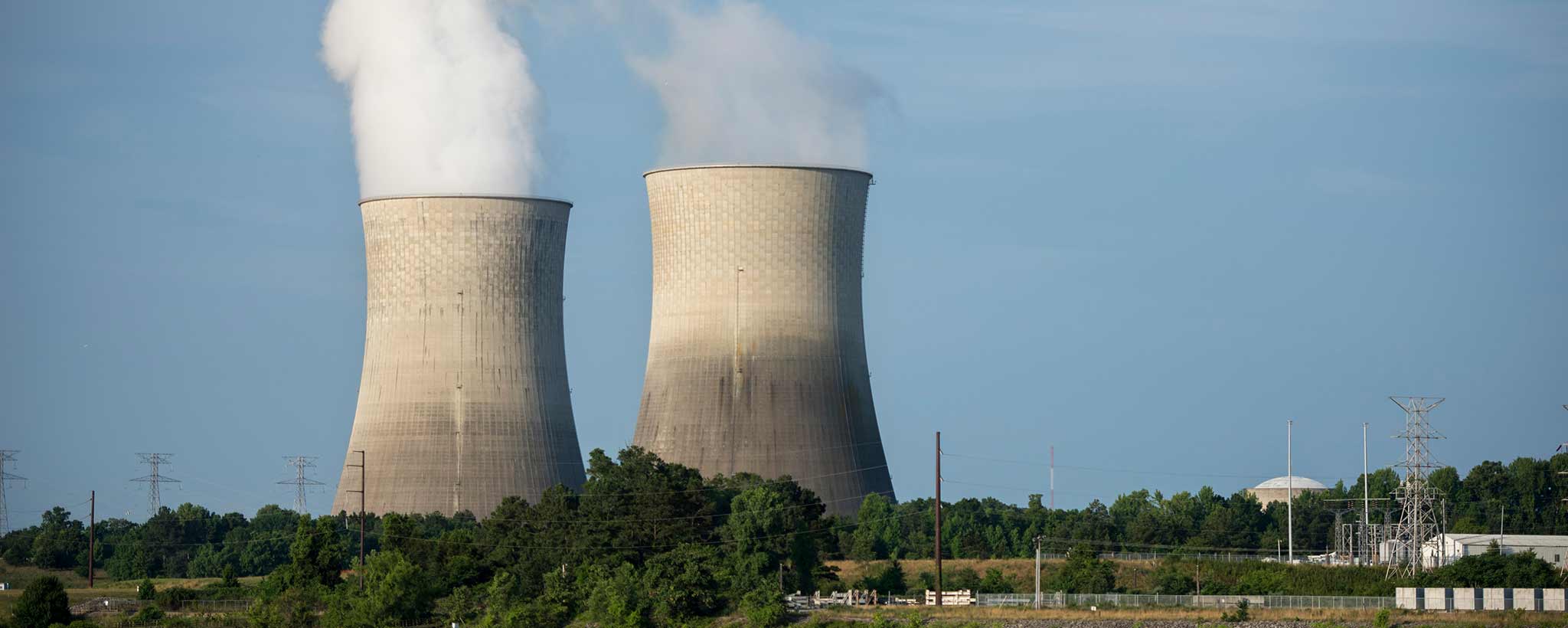
Nuclear Security & Deterrence Monitor Vol. 27 No. 32
Visit Archives | Return to Issue PDF
Visit Archives | Return to Issue PDF
Nuclear Security & Deterrence Monitor
Article 1 of 10
August 11, 2023
Automatically shut down because of low steam, Watts Bar reactor back up at 100 percent

The Tennessee Valley Authority’s Watts Bar Nuclear Plant Unit 2 automatically shut down for a little less than a day-and-a-half last week because of low steam levels, the authority confirmed this week.
The quasi governmental company confirmed the outage to the…
Partner Content